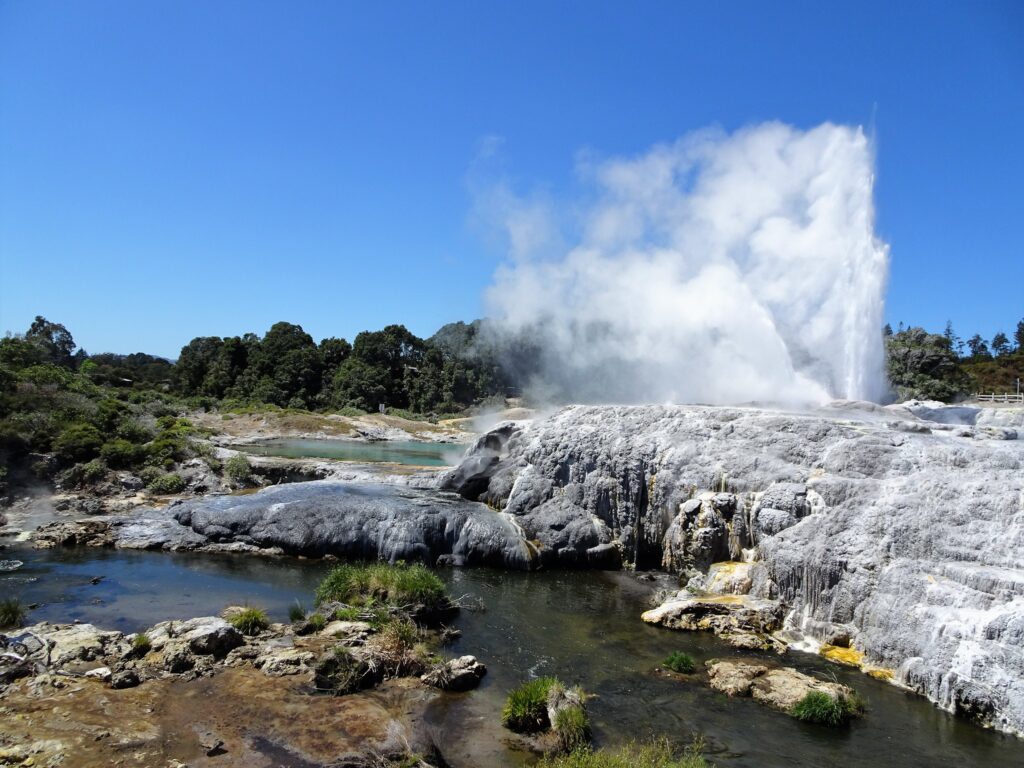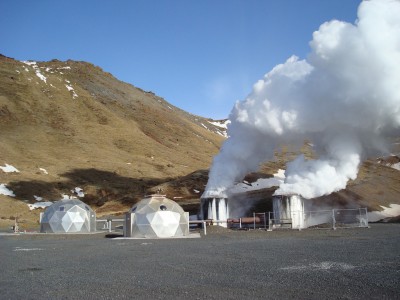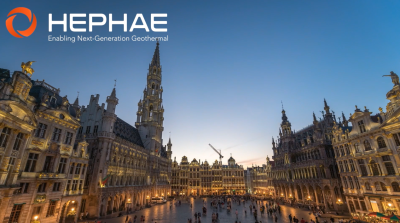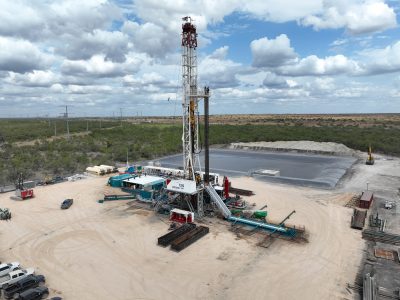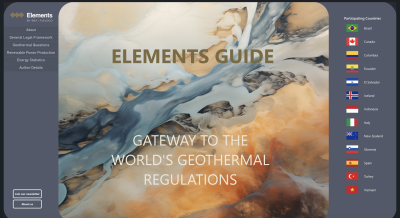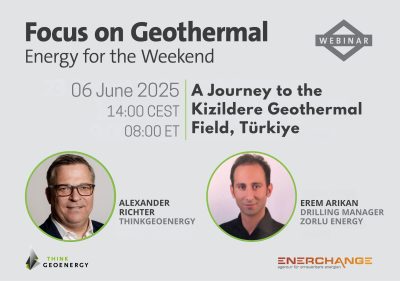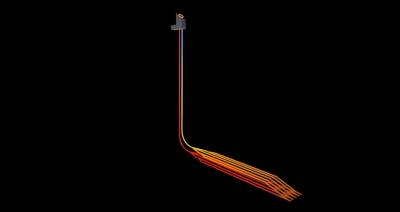CATF partners with IEA Geothermal to accelerate superhot rock geothermal innovation
The Clean Air Task Force has announced a collaboration with IEA Geothermal to consolidate global efforts and accelerate innovations on superhot rock geothermal.
The Clean Air Task Force (CATF) has announced a collaboration with the International Energy Agency Geothermal Technology Collaboration Progamme (IEA Geothermal) to link existing global efforts on superhot rock geothermal and help all participant projects move faster and more effectively.
The collaboration was proposed by CATF, and will be spearheaded by representatives from Norway, Japan, New Zealand, Iceland, and Italy, to start – with more countries considering participation as the project develops. CATF will act as the first Task Leader to ensure the group has structure and momentum as it builds.
The initiative will be hosted under the auspices of IEA Geothermal, which fosters international collaboration and networking among nations, industries, and organizations to advance research, development, and deployment of geothermal energy technologies.
Superhot rock geothermal energy taps into extremely high-temperature zones deep within the Earth’s crust, offering a potentially limitless source of clean, always-on power. Unlike traditional geothermal systems, SHR could be deployed globally, providing a significant tool in our efforts to expand our clean energy resources. Countries participating in the SHR Innovation Network will play a critical role in unlocking this abundant energy source in the coming decades, and help position themselves to lead global efforts to commercialize SHR in the process.
The collaboration aims to achieve the following envisioned outcomes:
- Connect participant projects with groups of technology advisors from around the globe.
- Create a shared platform for data from active testbeds and pilot projects, enhancing transparency and collective learning.
- Coordinate efforts across member countries to streamline objectives and measure progress by aligning on common goals and KPIs.
- Leverage collaboration between projects in multiple countries to overcome shared challenges and build from each other’s learnings.
The next steps for the collaboration will involve the establishment of a Steering Committee with representatives from key SHR countries and stakeholders. Technology Interest Groups (TIGs) will then be formed to focus on key technology areas such as drilling, heat extraction, and more. Pilot or testbed projects will then be identified.
Source: CATF
